Breaking News


Popular News

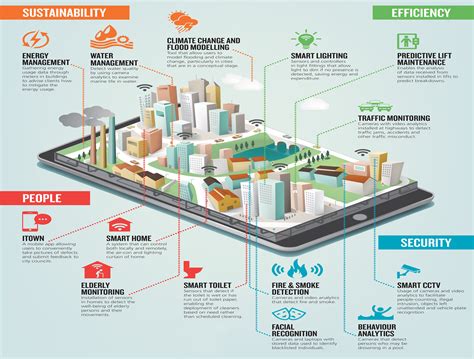
Learn about the definition, goals, and future of smart cities, as well as the role of IoT in urban development, infrastructure, transportation, and public safety.In recent years, the concept of smart cities has emerged as a response to the growing urbanization and the need for sustainable and efficient urban development. This innovative approach leverages the power of cutting-edge technology to transform traditional cities into interconnected, data-driven hubs of efficiency, safety, and sustainability. At the heart of this transformation is the Internet of Things (IoT), a network of interconnected devices and sensors that collect and exchange data to drive intelligent decision-making. From smart infrastructure and energy solutions to transportation and public safety, IoT plays a crucial role in shaping the future of urban living. In this blog post, we will explore the various aspects of smart cities and IoT, including their definitions, goals, and the challenges and opportunities they present for the future. Let’s delve deeper into the rise of smart cities and the Internet of Things.
Contents
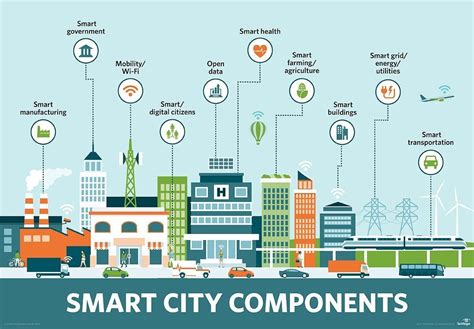
Smart cities are urban areas that use IoT (Internet of Things) technology to collect and analyze data for better management of resources and services. The goal of a smart city is to improve the quality of life for its residents by using technology to enhance efficiency and reduce waste. This can include everything from improved transportation systems to better public safety and environmental sustainability.
One key aspect of a smart city is the use of smart infrastructure to support sustainable energy solutions. This can involve the integration of renewable energy sources, such as solar and wind power, to reduce reliance on fossil fuels and minimize the environmental impact of urban development.
In addition to energy efficiency, smart cities also prioritize the use of technology in transportation and traffic management. IoT-enabled systems can help to alleviate congestion, improve public transit options, and enhance overall mobility for residents.
Overall, the goal of smart cities is to create more livable, efficient, and sustainable urban environments through the use of innovative technology and data-driven solutions.
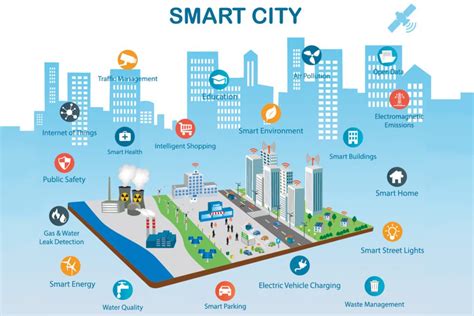
The concept of Internet of Things (IoT) has gained significant traction in the realm of urban development in recent years. IoT refers to the network of physical devices, vehicles, home appliances, and other items embedded with sensors, software, and connectivity that enables them to connect and exchange data. In the context of urban development, IoT has the potential to revolutionize the way cities are managed and operated, leading to more efficient and sustainable urban environments.
One of the key areas where IoT is making its mark in urban development is in the management of infrastructure. Through the use of IoT-enabled sensors and devices, city officials and planners are able to monitor and manage critical infrastructure such as water supply systems, energy grids, and waste management facilities in real time. This level of connectivity and data exchange allows for more efficient resource allocation and better decision-making, ultimately leading to more sustainable and resilient urban infrastructure.
Furthermore, IoT is also playing a pivotal role in improving the quality of life for urban residents. By leveraging IoT technology, cities are able to optimize various services such as transportation, public safety, and environmental monitoring. For example, smart traffic management systems that utilize IoT sensors can help reduce congestion and improve air quality by optimizing traffic flow based on real-time data. Similarly, IoT-enabled public safety systems can enhance emergency response times and overall security within urban areas.
In conclusion, the integration of IoT in urban development holds great promise for creating smarter, more efficient, and sustainable cities. By harnessing the power of IoT technology, cities can address some of the most pressing challenges they face, and pave the way for a more connected and prosperous future.
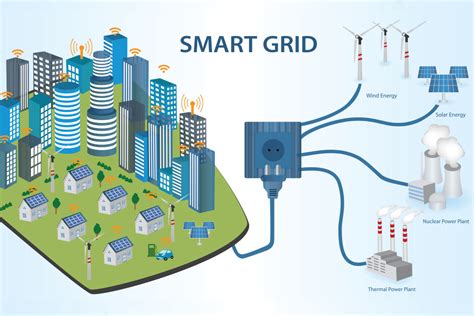
The Rise of Smart Cities and the Internet of Things
Smart Infrastructure and Sustainable Energy Solutions
Smart infrastructure and sustainable energy solutions are crucial components of building a successful smart city. The integration of Internet of Things (IoT) technology into infrastructure allows for the efficient monitoring and management of various systems, including water, waste, and energy. By utilizing IoT devices and sensors, cities can collect valuable data to optimize resource usage and reduce environmental impact.
One of the main goals of smart infrastructure is to create sustainable energy solutions to power the city. This can be achieved through the implementation of renewable energy sources, such as solar and wind power, as well as the use of smart grids to efficiently distribute energy to different areas. Smart infrastructure also includes the development of intelligent buildings and homes that are equipped with energy-efficient technologies, such as smart thermostats and lighting systems.
In addition to energy efficiency, smart infrastructure also focuses on sustainable water management. By installing IoT-enabled sensors in water distribution and treatment systems, cities can monitor and manage water usage in real time. This can lead to reduced water waste and improved conservation efforts, ultimately contributing to the overall sustainability of the city.
| Sustainable Energy Solutions | Benefits |
|---|---|
| Renewable Energy Sources | Reduction of carbon emissions |
| Smart Grids | Efficient energy distribution |
| Intelligent Buildings | Energy savings |
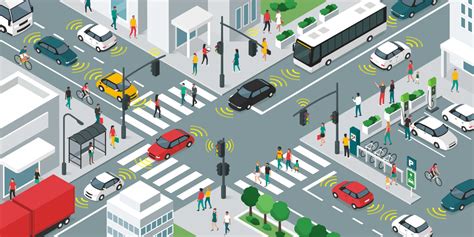
The concept of IoT-enabled transportation and traffic management involves the use of interconnected devices and sensors to gather real-time data on traffic flow, congestion, and vehicle movement within a city. By leveraging advanced technology, cities can improve the efficiency of their transportation systems and enhance overall traffic management.
One key aspect of IoT in transportation is the implementation of smart traffic signals that can adjust their timing in response to real-time traffic conditions. This not only reduces traffic congestion but also helps to minimize fuel consumption and emissions, contributing to a more sustainable urban environment.
In addition to smart traffic signals, IoT-enabled transportation systems can also include connected and autonomous vehicles that communicate with each other and with infrastructure to optimize traffic flow. This can lead to safer and more efficient transportation networks, ultimately improving the overall quality of life for residents.
Furthermore, the integration of IoT technologies in transportation and traffic management can provide valuable data insights for city planners and policymakers. By analyzing traffic patterns and trends, cities can make informed decisions about infrastructure investment, urban planning, and public transportation development, leading to more effective and sustainable urban mobility solutions.

Smart buildings are revolutionizing the way we use resources and manage energy. With the integration of Internet of Things (IoT) technology, buildings are becoming more efficient and sustainable than ever before. Through the use of interconnected devices, sensors, and automation, smart buildings are able to optimize energy consumption, reduce waste, and provide a more comfortable and productive environment for occupants.
One of the key goals of smart buildings is to achieve efficient resource management. This includes the monitoring and control of energy usage, water consumption, and waste management. IoT technology allows for real-time data collection and analysis, enabling building managers to make informed decisions to improve overall efficiency.
In addition to resource management, smart buildings also focus on enhancing occupant comfort and well-being. IoT-enabled systems can adjust lighting, temperature, and air quality based on occupancy and environmental conditions. This not only improves comfort but also contributes to energy savings and a healthier indoor environment.
Overall, smart buildings are a vital component of sustainable urban development. By effectively managing resources and utilizing IoT technology, buildings can significantly reduce their environmental impact and contribute to the overall goal of creating smart cities that are environmentally friendly, efficient, and livable.

Public safety and security are of utmost importance in any city, and the Internet of Things (IoT) has the potential to revolutionize the way these aspects are managed. By utilizing IoT technology, cities can improve emergency response times, enhance surveillance systems, and ensure the safety of their citizens in various ways.
One of the key applications of IoT in public safety is the implementation of smart surveillance systems. These systems can be equipped with sensors and cameras that are capable of providing real-time data and analysis. This allows for quicker responses to criminal activities, as well as the ability to monitor and mitigate potential safety hazards in public spaces.
IoT also enables the creation of smart emergency response systems, which can automatically detect and respond to accidents, natural disasters, and other emergencies. By using connected sensors and devices, emergency services can be alerted to incidents in real time, leading to faster and more effective responses.
Furthermore, IoT can be utilized to improve the safety and security of critical infrastructure, such as power plants, transportation hubs, and government buildings. By integrating IoT devices and sensors into these facilities, cities can constantly monitor and analyze potential threats, ultimately enhancing the overall safety and security of the urban environment.
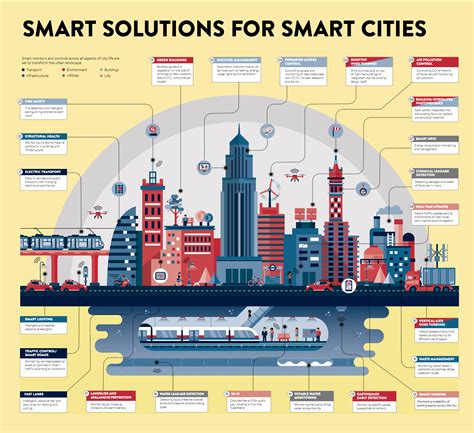
Smart cities are a promising concept that aims to improve the quality of life for urban residents by leveraging technology and data to enhance infrastructure and services. However, the development and implementation of smart cities come with various challenges that need to be addressed to ensure their long-term success.
One of the major challenges facing smart cities is the issue of cybersecurity. As cities become more connected through Internet of Things (IoT) devices, there is an increased risk of cyber attacks and data breaches. It is crucial for cities to invest in secure and resilient networks to protect sensitive information and critical infrastructure.
Another significant challenge for smart cities is the digital divide. Not all residents have equal access to technology and digital services, which can exacerbate existing social and economic inequalities. Bridging the digital gap and ensuring inclusive access to smart city initiatives is essential for creating a more equitable urban environment.
In terms of the future of smart cities, there are exciting opportunities for innovation and sustainability. By leveraging IoT technologies, cities can improve resource management, reduce energy consumption, and enhance urban planning. The potential for environmental sustainability and efficiency in smart cities is vast, and it is essential for stakeholders to prioritize environmental initiatives in future development.
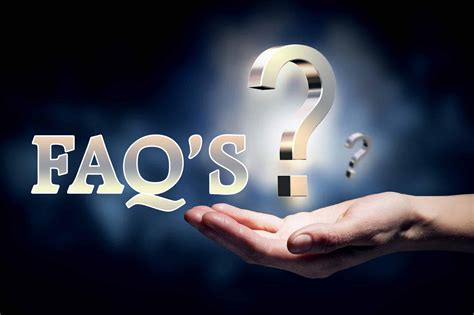
What are smart cities?
Smart cities are urban areas that use technology, data, and Internet of Things (IoT) devices to improve the quality of life for residents and enhance city operations.
What is the Internet of Things (IoT)?
The Internet of Things refers to the network of physical devices, vehicles, and other items embedded with sensors, software, and connectivity, enabling them to collect and exchange data.
How does the Internet of Things impact smart cities?
IoT technology allows smart cities to gather and analyze data from various sources such as transportation systems, energy usage, and waste management, leading to more efficient and sustainable urban development.
What are some examples of IoT applications in smart cities?
Examples include smart traffic management systems, environmental monitoring, connected street lighting, and smart waste management solutions.
What are the benefits of smart cities and IoT integration?
Benefits include improved public services, reduced energy consumption, better traffic management, and enhanced quality of life for residents.
What are some challenges associated with the rise of smart cities and IoT?
Challenges include data privacy concerns, cybersecurity risks, and the need for infrastructure investment and standardized communication protocols.
What is the future outlook for smart cities and IoT?
The future looks promising, with continued advancements in technology and increasing adoption of IoT solutions, leading to more connected and sustainable urban environments.